When my kids were little I sat through all the Tim Burton children’s movies featuring skeleton women in long dresses carrying birds in cages. It wasn’t until I moved to Mexico I understood what a Catrina was but I was still baffled by the bird part.
Back when Leon was the major airport into town you’d pass several bird sellers along the highway. I had no clue why. Does one, while on the highway, suddenly get the need to share the road with a caged bird? Apparently, many did.
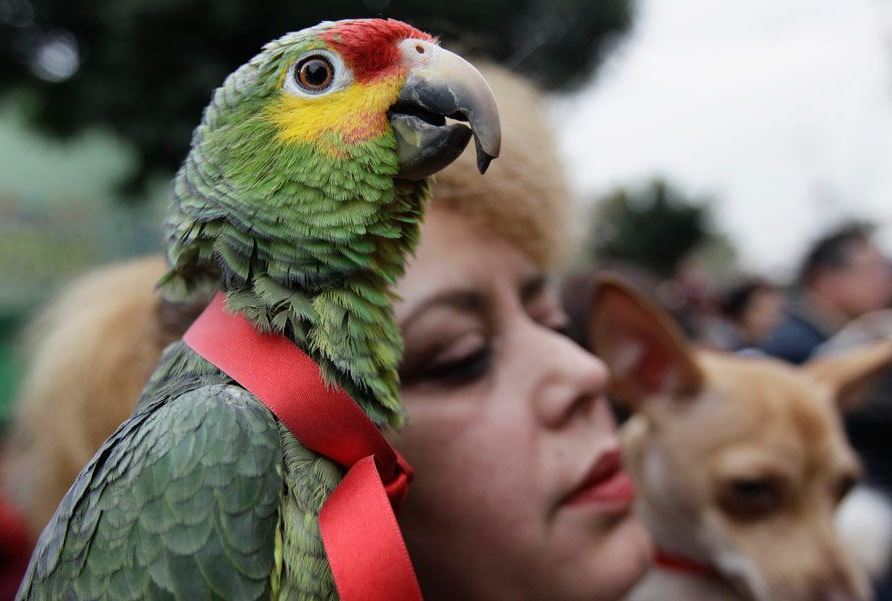
Domesticating animals has distinguished the human species since ancient times. The pre-Hispanic civilizations of Mexico focused mostly on domesticating birds, both for food and religious purposes. There is sufficient evidence to confirm that at least 1,000 years ago, domesticated parakeets and macaws were already common members of many households.
Mexican pet birds are known for eating whatever they were fed, having bright colors, learning words and being good company. It was believed that parakeets were companions of the goddess, Citlallinicue, and of travelers. Songbirds, in general, were held in great esteem by pre-Hispanic peoples who felt their songs invited the rain. They also believed the songbirds personified princes and warriors who had died in combat and were brought back to life in beautiful colored birds that sang pleasantly.

My father told my mother he’d come back to her as a cardinal and she saw a cardinal daily for the two decades she survived him. One day my sister, Kitty, commented on how she never saw cardinals so I had to tell her “Because, Kitty, our father never really liked you!” (Don’t judge, a little brother’s job is to be bothersome.)
Pre-Hispanic Mexicans believed the different sounds made by these birds were interpreted as omens of good or evil, so they were frequently used in the art of foretelling the future. If the songbirds warbled, it was cause for delight or rejoicing. But if they squawked or screeched, it was a sign that a death, illness or a serious problem was about to take place.
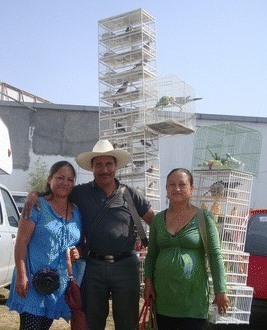
In today’s world I’ve learned a caged bird singing the blues doesn’t necessarily mean they are lonely. Goldie, a pal’s golden parakeet, sings languidly all day. Silly me assumed Goldie yearned for a male partner to feather her cage with but learned she already has had that, pecking his azul frame into a corpse.
I’ve since learned birds need cages beside each other for a couple weeks to get to know one another properly before cohabitation or things end badly, especially for him. Or perhaps Goldie wants another lass to build her avian future around. Hard to tell what thoughts flap around a pretty bird’s murderous brain.
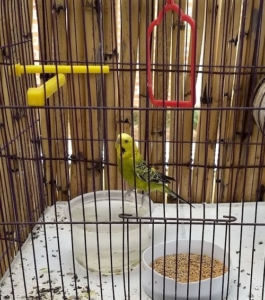
The indigenous Otomi bird traders are called pajareros, which is a local name given to the trade derived from the Spanish word for bird. Wild birds are a culturally and economically an important subsistence activity with the support, regulation, and management of the Mexican government.
Pajareros are motivated to practice their trade by a mixture of interlaced factors including a lack of other options, survival, tradition and enjoying the work itself.
Most bird traders started the practice at home as children by observing and participating in the chores of the trade. Many really like the birds finding their work pleasant and gratifying. They care for the birds, knowing their illnesses and remedies.
Capturing wild birds is seen as a nature-based sport done with your family; far more fun, less arduous and better earning than factory or construction work. Selling the birds entails travel to visit new places and new people, another job perk.
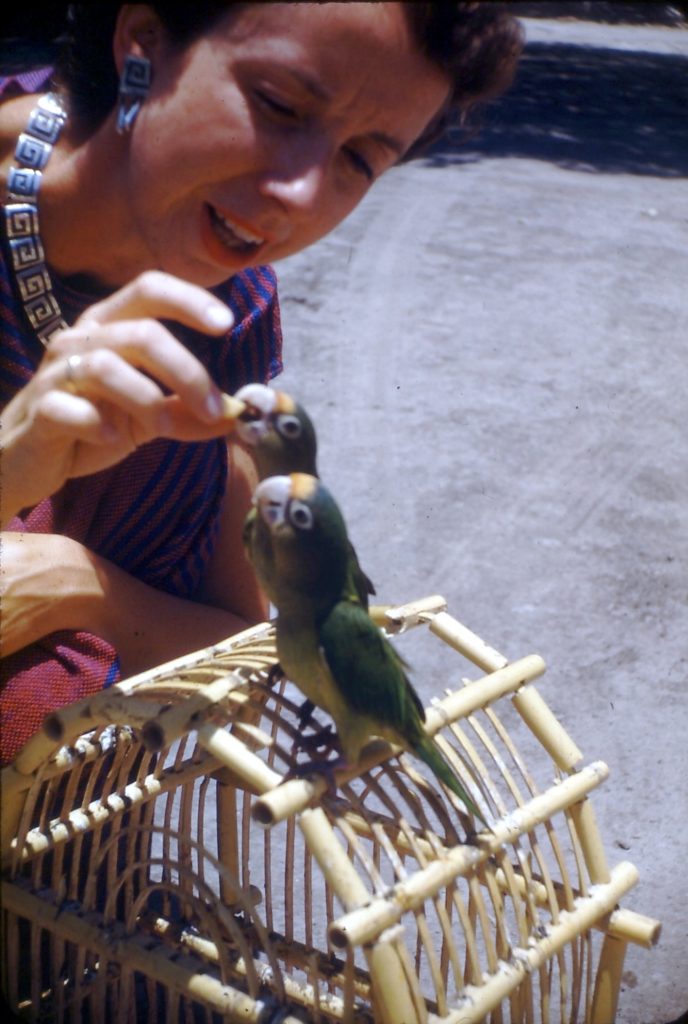
Capturing season is June through September (well past mating season with captured adults being released to mate again). Young male birds are favored as they adapt to the cage easier, continuing to sing.
A large part of the appeal of birds as pets here is the difference in attitude towards pets. In Spanish the word for pet is mascota – that is, something to have around but not necessarily treat as a human. Northernerssee pets as fur- or feather-people; Mexicans see pets as animals.
One day I escorted, Teri, a danzon partner to her home in San Antonio to witness the largest aviary I had seen outside of zoo. The size of an oversized two car garage filled with cut up fruit, dung and countless birds. Teri adored each and every one.
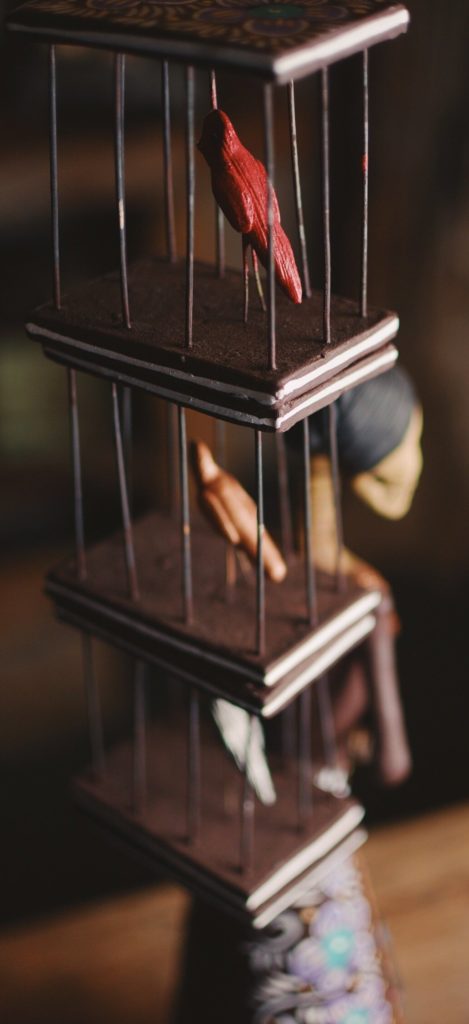
If you want to bring your pet bird into Mexico there is an important caveat. Namely, any bird native to Mexico like a parrot, macaw, parakeet or toucan are not allowed back in.
Birds are also used in expressions of faith and related events. For example, a white dove represents the Holy Spirit. Also, recall it was through the songs of native birds Juan Diego was introduced to Guadalupe during each of her visits to him. Those red, white and green feathered birds marked the colors of the Mexican flag we see today!
Daily I pass two parrots in Colonia Azteca. One cat calls at my dog while the other inquires, in perfect English, to me “Who is the good boy?” Perhaps, I’m receiving the cat call and the dog is queried on if he is a good boy. Birds in Mexico are mysterious!
by Joseph Toone
- TripAdvisor’s top tour guide in San Miguel de Allende with History and Culture Walking Tours and Joseph Toone Tours.
- Amazon’s best selling author of the San Miguel de Allende’s Secrets book series on making your adventures around town unique.
- Creator of the Maria Dolls coloring book helping indigenous doll makers.

